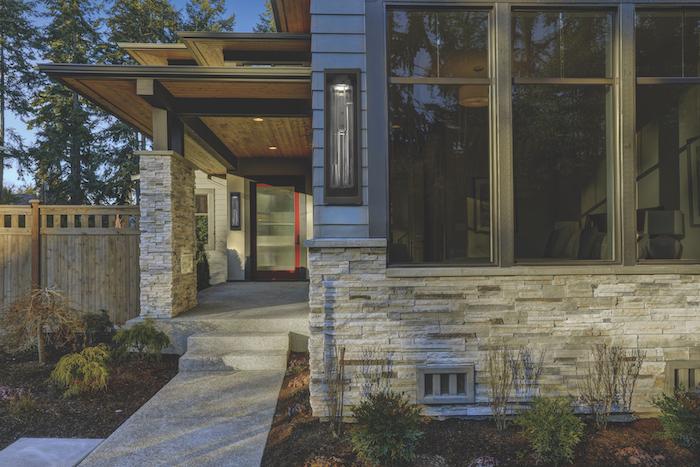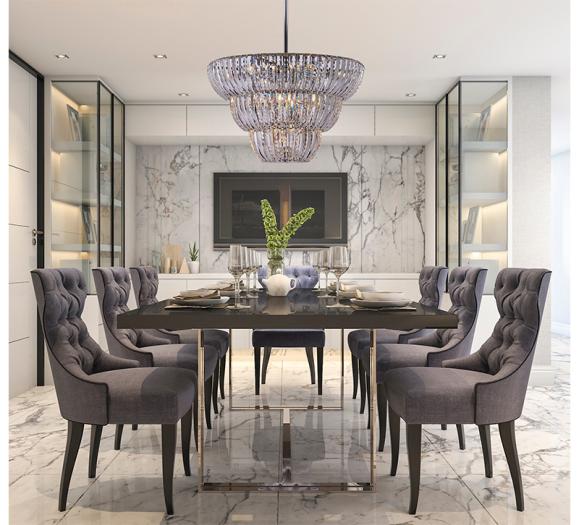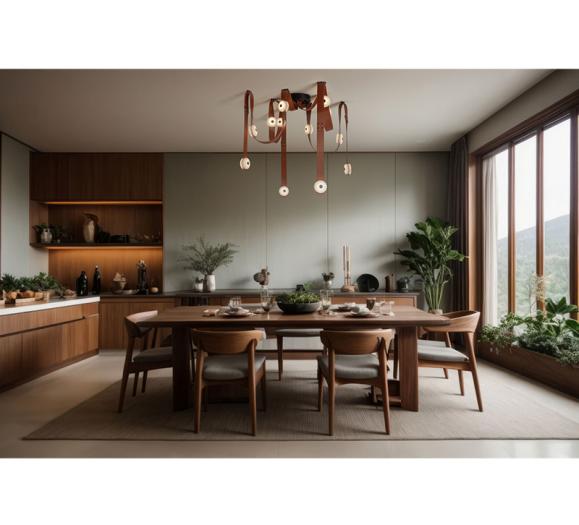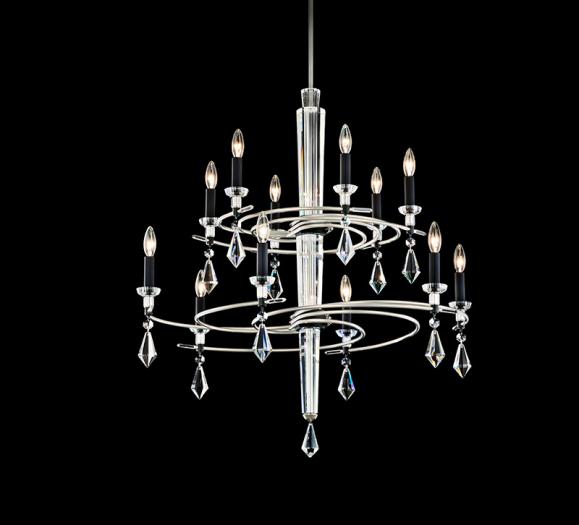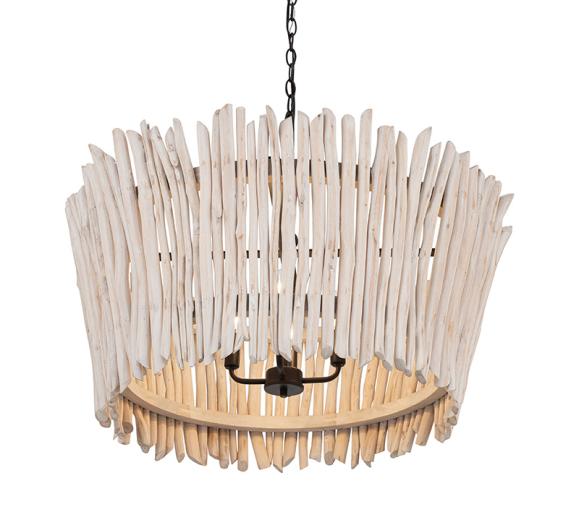Dark-sky compliant lighting has gained vast traction within the last decade. As people experience the health, safety and efficiency implications of light pollution, conservation programs are encouraging communities to adopt more responsible lighting. Today, dark-sky associations and lighting suppliers work alongside retailers to ensure functional and aesthetically pleasing products are available to consumers.
Artificial lights disrupt the world’s ecosystems — altering the environment by turning night into day. Near cities, skies are now hundreds of times brighter than they were years ago according to The International Dark-Sky Association (IDA), the recognized authority on light pollution worldwide.
“There are consequences to light at night,” says Pete Strasser, Technical Director at the IDA. Strasser and his team provide resources to raise awareness about more functional outdoor lighting. This year alone, the group added 200 locations worldwide to its running list of dark-sky compliant cities.
Nowadays, a similar awareness consumes the lighting market. Designers within the industry are very attuned to dark-sky solutions and often search for dark-sky compliant lighting while working on outdoor projects. Homeowners are becoming increasingly attuned as well, according to Nancy Schott, Hammerton Lighting’s Vice President of Marketing.
“We train our sales team to ask if the lights we’re selling need to be dark sky compliant, because it’s a huge consideration,” she says. “The cost associated with installing something that’s not dark sky compliant, and then having to take it down and replace it with something else is huge.”
IDA is the sole determiner of which lights are considered dark-sky approved. With the increasing number of ordinances and HOAs requiring this (including areas in Arizona, Texas, Wisconsin and more), certification is often non-negotiable. To determine certification, IDA examines photometric files to measure features including lumen output (the total amount of visible light) and correlated color temperature (a measure of light source color appearance).

IDA approved lights, featuring a builder-grade look in an aspen bronze finish.
Attention to Detail
Non-compliant outdoor lighting can be inefficient, improperly shielded, and in many cases, unnecessary, according to IDA. At least 30 percent of all outdoor lighting in the U.S. alone is wasted, mostly by lights that aren’t shielded, which adds up to $3.3 billion and the release of 21 million tons of carbon dioxide per year, the organization documents.
“This light, and the electricity used to create it, is being wasted by spilling it into the sky, rather than focusing it onto actual objects and areas people want illuminated,” Strasser says.
To combat this, IDA requires each product to emit light downward, and be fully shielded from immediate line of sight. In addition, the surrounding glass cannot produce glare. Frosted glass is not an approved solution, for example, because it scatters light in various directions.
“There are many instances where a luminare will have its light source tucked up into the top, with clear glass that does not refract,” says Strasser “If there’s a product that has enough light restriction and you can’t see the source, we approve it.”
For similar reasons, mounting also has to be fixed.
“You can take a well-designed luminare, mount it at an angle, and ruin the performance characteristics of an otherwise good design,” Strasser says. “If manufacturers submit products with mount options to IDA for approval, there have to be notations made on the spec sheets that fixed mounts must be selected.”
IDA allows as much as 50 lumens of “up” light, however — light that is reflected upward off of architectural features or support brackets. This is because light that is narrow to the horizon (around 90 to 100 degrees) and shines out “flat” is more causative to sky glowing glare than light that shines up.
Glare from poorly shielded outdoor lighting also poses a safety risk, according to Strasser, because it decreases visibility by reducing contrast. This limits the ability to see potential dangers at night.
“There are people out there who think if they can’t see glare, it’s not bright enough,” Strasser says. “That’s just not the case. If something is shining in their face, they feel safe. There’s an instilled mindset that ‘brighter is safer.’ Sometimes it’s hard to get past that even on city council levels...but there’s no correlation between safety and brighter lights.”
Research also suggests that artificial light at night causes disrubtion to a person’s circadian rhythm, and can increase risk for obesity, depression, sleep disorders, diabetes and breast cancer. For this reason, IDA only approves warm outdoor lighting with a fixed color temperature of no more than 3,000 Kelvin. The lower the correlated color temperature (CCT), the warmer the color output.
“Our bodies produce melatonin in response to circadian rhythm,” Strasser says. “Melatonin has antioxidant properties, induces sleep, and boosts the immune system. Nighttime exposure to artificial light suppresses melatonin production.”
IDA does not certify any lights that feature temperature adjustability. “If it can be adjusted out in the field to a temperature that isn’t good, we’re not going to approve it,” he says.
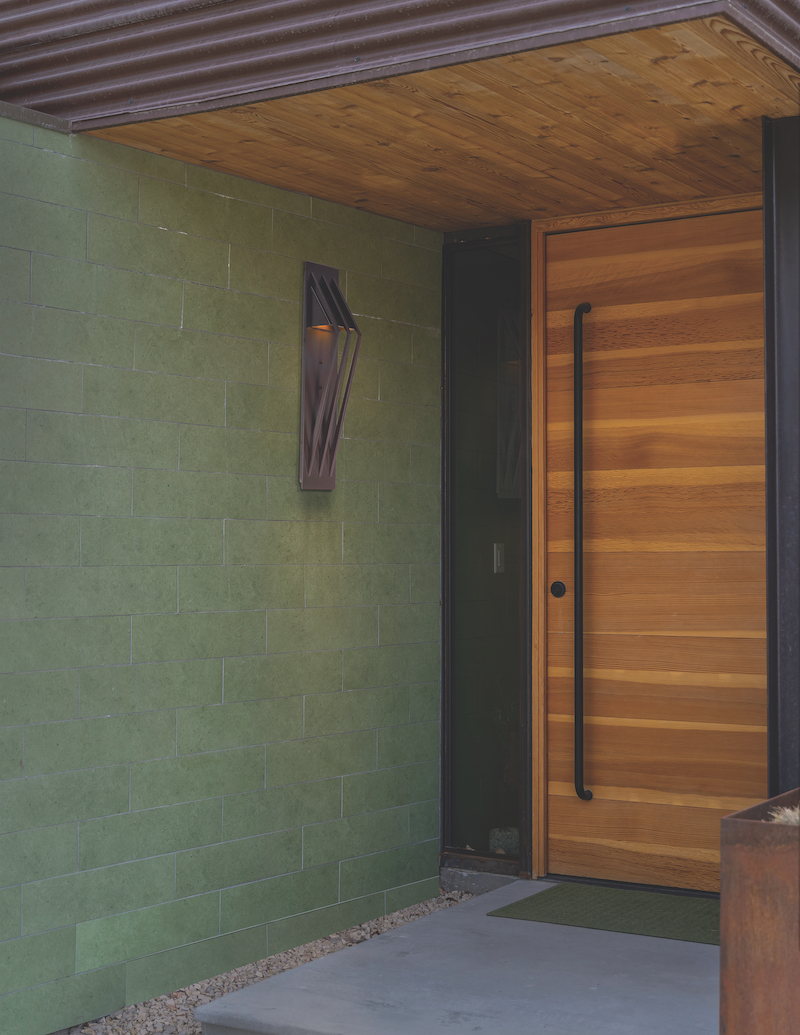
IDA approved and is designed
with an aesthetic homeowners will find attractive.
Historically, as homeowners have proven less likely to trade aesthetics for healthier, IDA-approved fixtures, companies such as Hammerton have begun changing the way these products are viewed.
“We put our design hat on and said ‘okay, if you look at what’s available in the industry, very few solutions are actually good-looking solutions,’” says Schott. “They are primarily very industrial and function-focused; they are basically downward directed lights that are slim cans...not a lot of aesthetic benefit.”
The group worked closely with Strasser when developing its attractive-yet-functional line of approved outdoor lights. Hammerton’s Maison LED outdoor wall sconce is just one example. The versatile box sconce style juxtaposes contemporary lines with the rugged look of hand-hewn stone in a blown glass lens.
Dennis Leick, National Sales Manager for Minka Lighting, has also seen Minka’s dark-sky product line evolve and expand. The group features 17 different “families” of compliant lights, and Leick anticipates even more growth in the future.
Minka’s Kirkham light, for example, is one of the group’s best selling IDA-approved lights, featuring a builder-grade look in an aspen bronze finish. The light source is completely concealed, with its metal shade pointed directly at the ground.
“We saw this segment increase in sales by 30 percent just by identifying the dark sky problem and having an assortment of options available.” Leick says. “As folks move from urban to rural settings, they’ll continue to become more attuned to their environment, more socially conscious, more aware of their surroundings — and more associations and municipalities will begin requiring this.”
As for the future of dark-sky lighting, Strasser believes the “better lighting” movement will continue to grow alongside city ordinances.
“People are gradually becoming exposed to the idea that bad lighting happens,” he says. “We’ve overcome the bias people had in the past where they think we want them to turn the lights off and live in caves. We’re not saying it has to be super dark, and we’re not saying lights are bad. Our mission is to restore the outdoor sky through quality lighting. Once people realize they can see just fine with IDA approved lighting, they adapt.”



